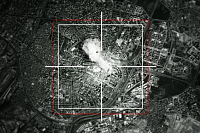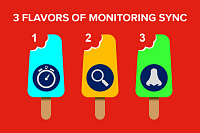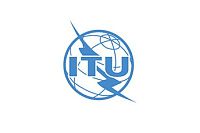The ITU’s Study Group 15 met in Geneva again this month. Study Group 15 is the group responsible for the optical transport and access networks, including synchronisation. Once again, synchronisation was the biggest single topic, with over 80 contributions from many different companies.
One of the main drivers for the whole network at the moment is 5G. Study Group 15 has been asked to look into the development of the transport network for 5G, including the backhaul and access networks as well as the synchronisation. While 5G isn’t planned to roll out until 2020 and beyond, some operators are planning field trials this year, and need equipment in place ready for those trials.
5G is really stretching the requirements on the network to the extreme. The basestations themselves are going to be split into three parts, the “central unit” (CU), the “distributed unit” (DU) and the radio unit (RU). Huge quantities of data will travel between each of these units, requiring the transport network to support 100Gb/s, with at least 25Gb/s last drops to the RUs. Synchronization between the CU,DU and RU will be extremely tight – some people are saying as tight as 130ns, depending on the radio techniques being deployed. That’s over an order of magnitude tighter than the current 4G LTE network at 1.5us.
The vision is that the 5G network will be used for many applications. First on the list is enhanced mobile broadband connectivity – more data to the handset, but also opening up the possibility of using mobile connectivity to replace existing wireline broadband connections. However, there’s also a lot of buzz around “ultra-reliable and low latency connections” (URLLC), to be used for industrial systems and machine-to-machine communications. Then lastly, there’s the internet of things (IoT). 5G offers a way to connect everything to the internet, and hence to each other. This type of massive connectivity might not require the headline Gb/s to the user equipment, but it does require the ability to connect millions more devices to the network.
With so many different applications making different demands on the network, the concept of network slicing has been developed. Basically this is creating virtual, independent networks out of a single 5G network infrastructure. It’s not totally clear how this will be achieved yet – there are several competing technologies – but it will be interesting to see how this develops over the next months and years. Watch this space to see how the 2020 vision will be brought into focus.








































































